-
National regulation of discharge and reuse of wastewater
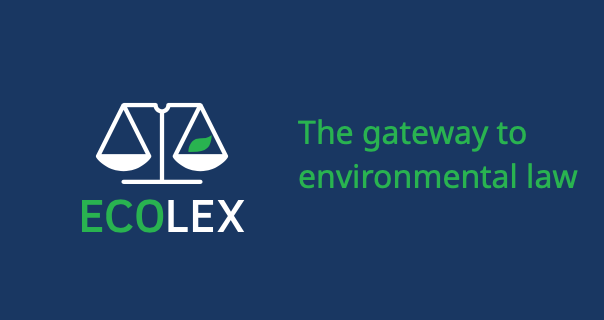
This is a document in Spanish written of the 2009 Honduras National regulation of discharge and reuse of wastewater, which outlines the system for the registration, authorization, monitoring, and control of discharges of liquid pollutants to water bodies SOURCE: Food and Agricultural Organization of the United Nations
-
Ministerial Agreement No. 105-2008: General Manual for the Regulation of Discharges and Reuse of Wastewater and Sludge Disposal
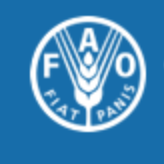
This is a document in Spanish of 2006 Guatemalan Agreement to implement the Regulations for the discharges and reuse of wastewater and the disposal of sludge. SOURCE: Food and Agricultural Organization of the United Nations
-
Ministerial Agreement No. 105-2008

This is a Guatemalan governmental document that outlines the regulations for the discharges and reuse of wastewater and the disposal of sludge. Source: ECOLEX
-
ISEAL Alliance
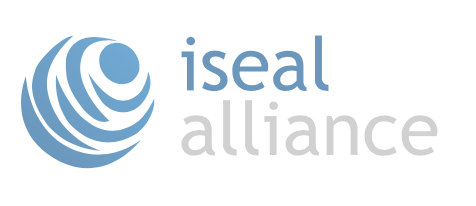
This is a website for ISEAL, the global membership association for credible sustainability standards.
-
International Organization for Standardization (ISO)
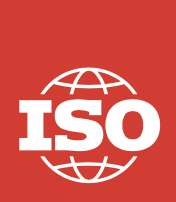
This is a website for ISO, an independent, non-governmental international organization with a membership of 165 national standards bodies. It develops and publishes International Standards.
-
Integrity and Standards

This is a repository of standards ensuring that the work done towards sustainability in the textile industry is genuine and leads to real and meaningful change. SOURCE: Textile Exchange
-
Industrial Wastewater Management
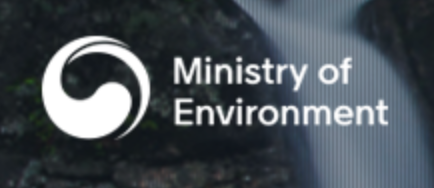
This is an academic journal article written in 2012. It characterizes spatial and temporal changes in water quality (specifically physico-chemical variables plus priority and non-priority pollutants) of discharges from industrial complexes on a national scale in North Korea. The data were provided by the Water Quality Monitoring Program operated by the Ministry of Environment, Korea […]
-
Global Recycled Standard
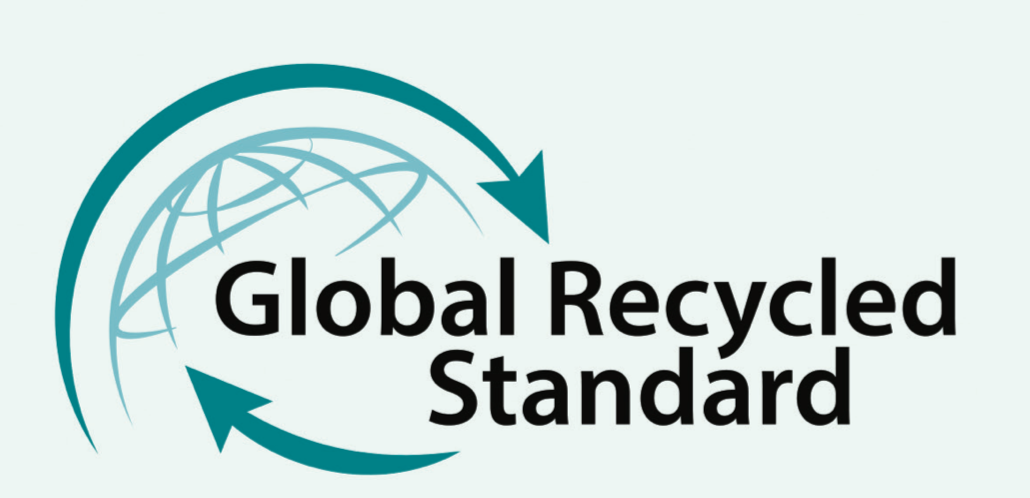
This is an international, voluntary, full product standard that sets requirements for third-party certification of Recycled Content, chain of custody, social and environmental practices, and chemical restrictions. SOURCE: Textile Exchange
-
China – Discharge Standards of Water Pollutants for Dyeing and Finishing of Textile Industry
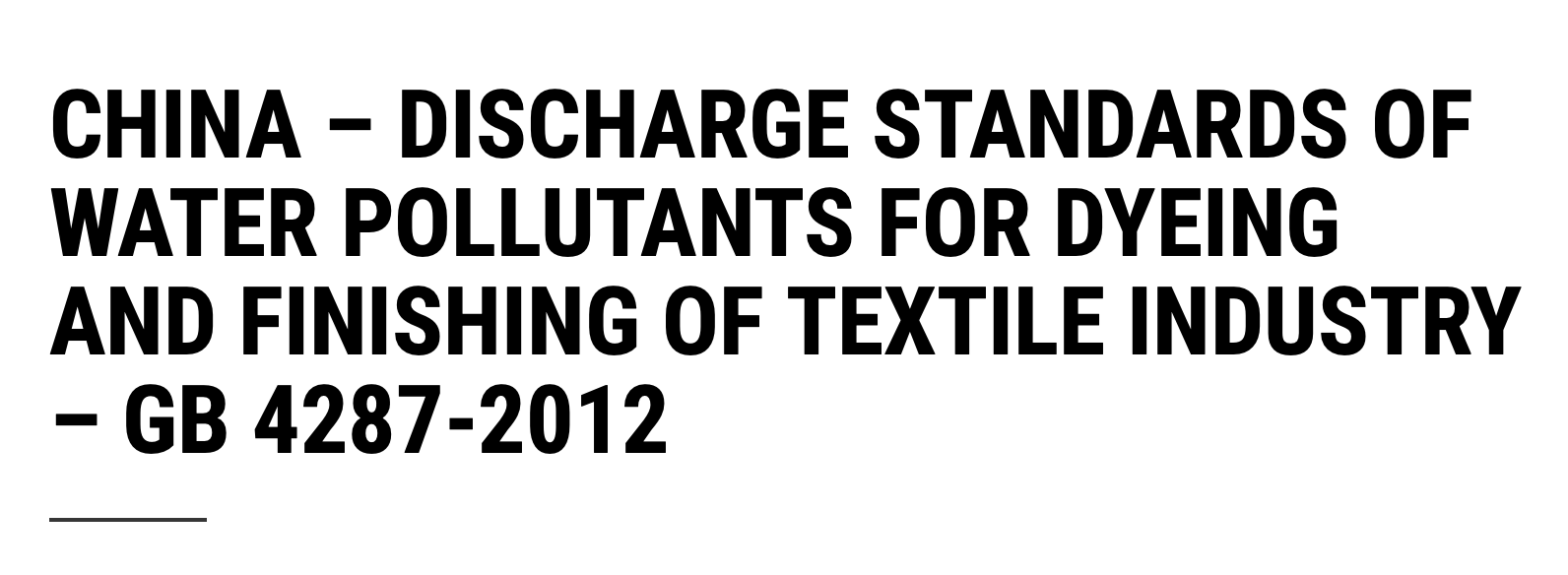
This is an article that was written in 2012. It discusses the challenges that remain despite wastewater standards keeping pace with water pollution development and technological advances. Source: SGS, an inspection, verification, testing, and certification company. SOURCE: SGS
-
ASTM International

This is a website for ASTM (American Society for Testing Materials), an international standards organization that develops and publishes voluntary consensus technical standards for a wide range of materials, products, systems, and services. They also provide training and e-learning to show how to test methods in action.